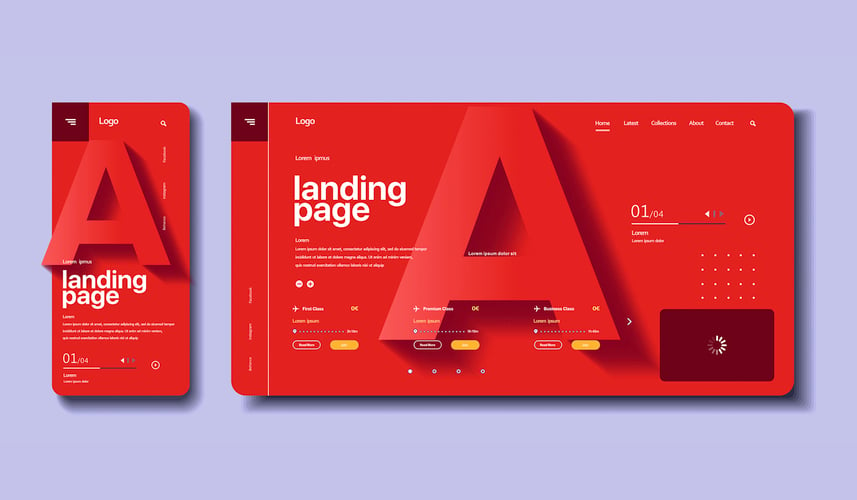What Does it Mean to be Agile as a Bank or Credit Union?

Meredith Olmstead
3 min read.

Don't Miss An Episode, Subscribe Now
What do I mean by agile?
As defined by Atlassian... "Agile is an iterative approach to project management and software development that helps teams deliver value to their customers faster and with fewer headaches."
Delivering results faster and with fewer problems... now that sounds great!
In today's day and age many of us are saying we want to be agile in multiple aspects of business, not just technical project management. So let's talk more about how this approach can benefit a bank or credit union, and in banking agile marketing may be solid place to start.
Workfront explains that "agile marketing is a tactical marketing approach in which marketing teams collectively identify high-value projects on which to focus their collective efforts... teams use sprints (short, finite periods of intensive work) to complete those projects cooperatively. After each sprint, they measure the impact of the projects and then continuously and incrementally improve the results over time."
Wow, this also sounds promising. But let's think about how this might translate to marketing projects at a financial institution.
Remaining Agile in Budgeting
It's pretty common for budgeting to take place in the last few months of the year. So budgets for a new year are likely set in November or December of the year prior.
But what happens if say the economy doesn't move as predicted and loan volumes are down after quarter one of the year? Your marketing team might have allocated budget to deposit product campaigns for Q2, in a planned attempt to deepen your share of existing customer wallets. But now your institution's financial NEEDS have shifted and your CEO says you really need new loans on the books, and you need them fast.
Having an agile approach to marketing budgets might mean reallocating spending from one chosen campaign or promotion to another fairly quickly. If you're too stuck to your plans from six months ago you might fight these kinds of changes challenging or disruptive. But remaining agile would suggest that change is typically necessary to remain relevant and responsive to the needs of your customers and the institution as a whole.
Now that doesn't mean going into every monthly senior team meeting willing to change everything without data or a strategy. But what it does imply is the need to be prepared to hear others out and consider shifting funds if truly necessary for the good of your institution and your customers.
Agility in budgeting means blocking spending for uncertain investments, even in the near future, and being willing to shift funds between accounts when necessary so that you can act on the evolving needs of your customers or your team.
Agile in How Teams Operate & Process Data
One of the ways we've found that helps promote agile teams is when you push people to work together more, requiring talking not emailing. Even quick daily meetings or scrums can help move project forward and keep communications flowing.
Encourage your teams to meet face to face, even virtually, to break down silos and avoid office politics - as Google describes... closing the distance between data, insights, and action - "The faster consumer insights can be mobilized for action, the better we become at flexing agility to meet the needs of customers in the moment."
When people are forced to check in regularly on tasks and share data, results, or problems, teams will act collaboratively to solve for best practice that much faster.
And as Google continues "Agility becomes a true superpower when it allows marketers to have an impact beyond campaign and marketing decisions. This is because, once we combine great data and intelligence with a bias for action, we can inform how to influence and change other parts of our businesses for the better."
Agile in Managing Expectations
This is key to preserving other areas of flexibility. When working with stakeholders at all levels, build in the expectation that things will change regularly and that's ok and even encouraged. The idea that you can set a strategic plan for 3-5 years and not need to touch it again is just unrealistic at best and at worst could set your organization up for major failure. The best plans will allow for flexibility as you progress.
You or your team might not have all the answers all the time, and that's also ok. But if you truly foster a tendency toward action, sometimes people might need to 'DO' something in order to test a new idea and know what's next, rather than planning everything step-by-step. Managing this expectation is key to being able to implement new approaches quickly and take appropriate and necessary risks that can very well lead to innovation and growth.





Blog comments